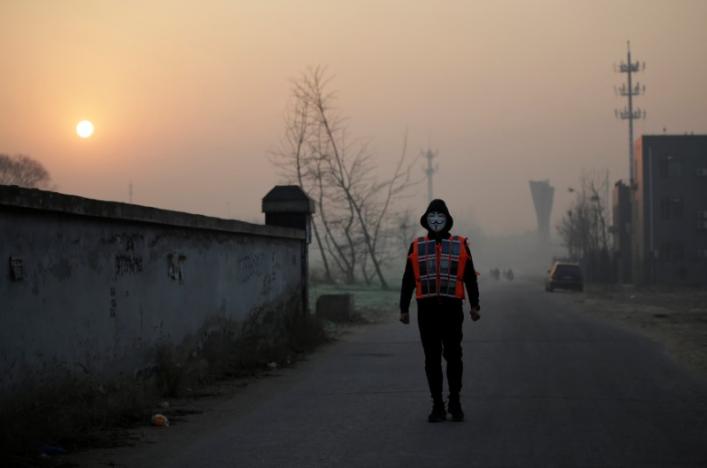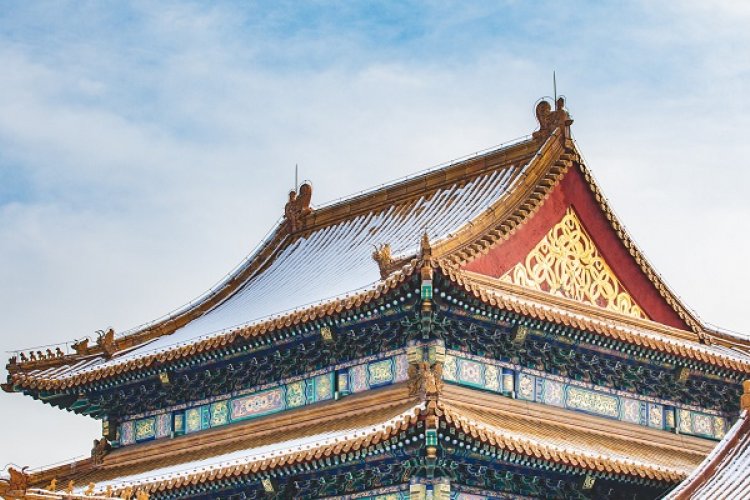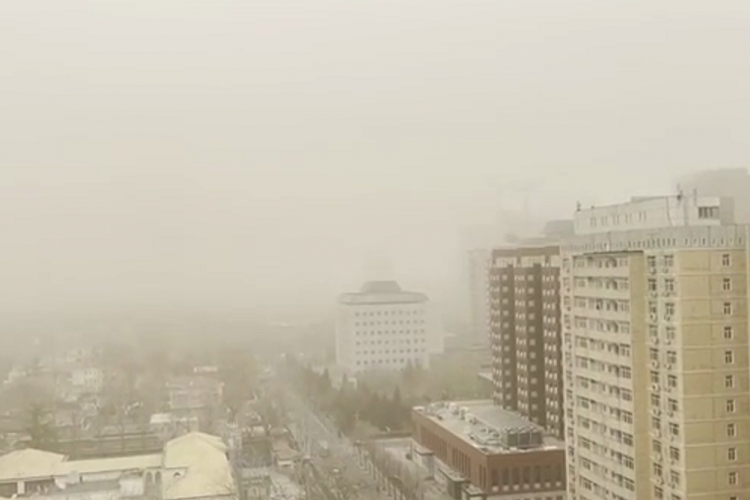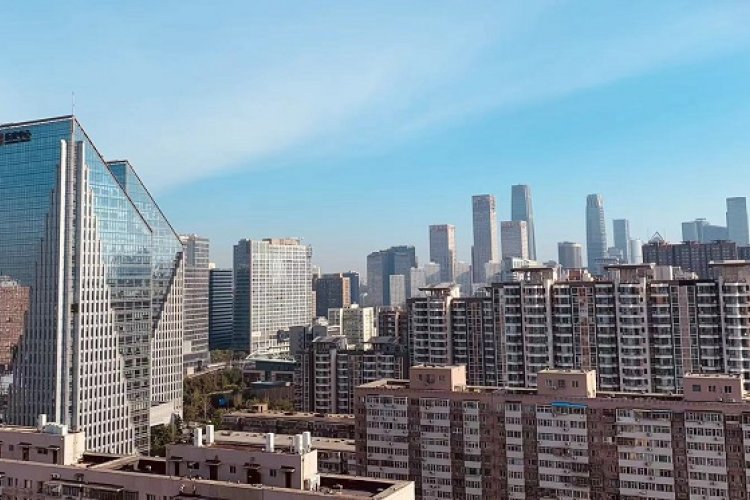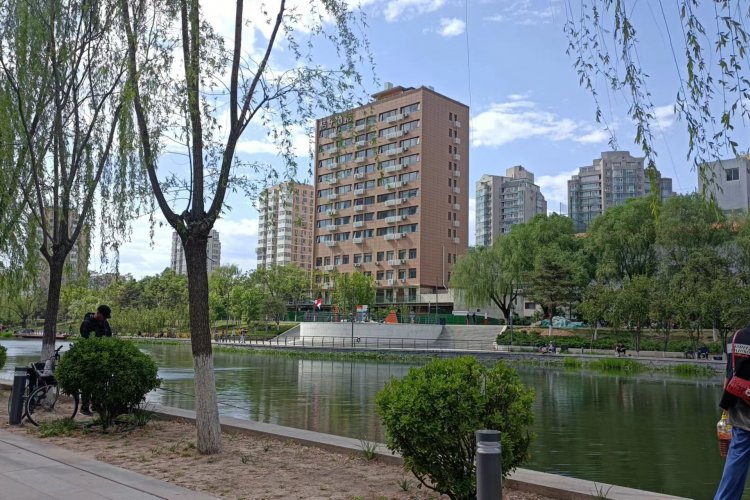Beijingers Share Their Air Pollution Red Alert Survival Tales
Like an apocalyptic disaster flick, the plot of 2016's red alert thickened as quickly as the smog it was designed to warn against.
Among those most shocked by effects of the alert were the drivers of numerous vehicles that were inspected for irregularities and to ensure if they met fuel emission standards (according to a state media news report). About 31,000 of those cars were found to be in violation of those standards.
And they weren't the only drivers irked by the red alert restrictions. Sean Koopmans, for instance, can't drive his 2001 Buick Regal during this high smoggy period as part of municipal vehicle stipulations. He said he feels "cheated that they are phasing out old cars" because the car's engine was named one of the world's best and still meets standards from the year 2001. The ESL teacher and Air Fresh Air Machine designer also questions whether infrequent drivers like himself, who only add about 12,000km per year to their odometers, should have to buy new vehicles. "Is it not more environmentally friendly to keep this old Buick in good condition but pollute a little more in daily driving, than to buy a newly produced car which makes a lot of pollution in its manufacturing stage but pollutes a little less while driving?"
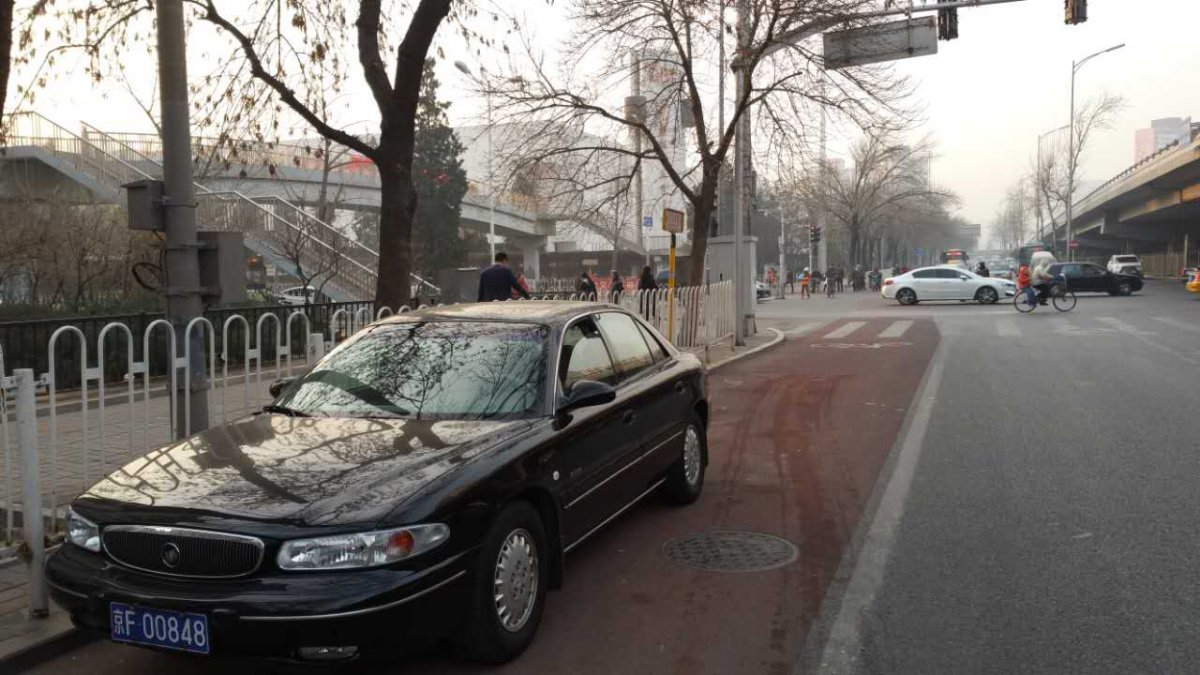
Such inconveniences may have seemed quite trivial to passengers hoping to land at Beijing Capital Airport on December 20. From midnight to 3am only a two flights (according to state media reports) out of an expected 60 were able to land, among them a Russian airline craft that failed on its first try but succeeded the second time. The other 58 flights were delayed or rescheduled.
Among the most beleaguered aircrafts during this red alert period was a Philippine Airline flight from Manila that, before it could make its 1am landing time on Dec. 21, was diverted to Taiyuan airport in Shanxi (according to social media posts by the airline's employees that were onboard). The plane was stuck there throughout the night until 5am, with no one permitted to leave because the airline didn't have the authority to offload passengers. Eventually the aircraft was able to take off-- back to Manila, because the Beijing Capital Airport could no longer accommodate them due to traffic. Those passengers were then asked to take a new flight the following night, leading many to complain that the situation was nothing short of chaos.
Such events have made this red alert seem to linger on forever. However, the first day of the heavy pollution period started off promising enough, with the AQI sitting under 200 so that many of us were fooled into thinking that the government initiatives would clear the air (those pollution levels are set to stay hazardous until Thursday, giving the capital a brief end of week reprieve before skyrocketing again over the weekend, according to the latest forecast).
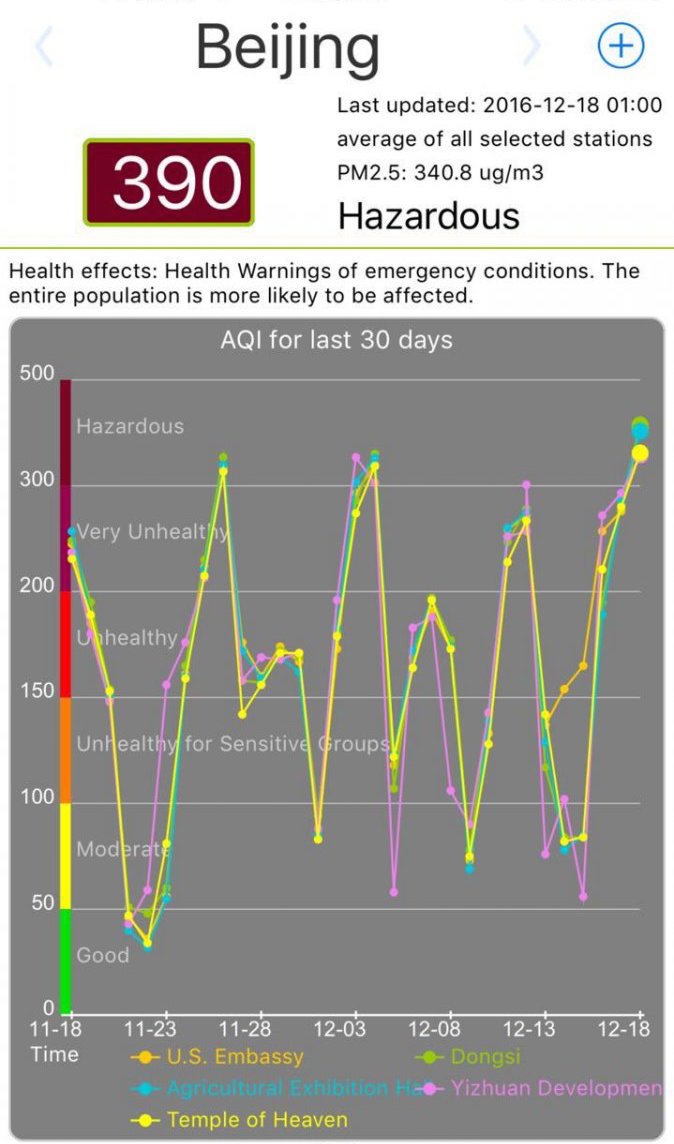
Unfortunately, such optimism proved premature, as the pollution levels eventually caught up to predictions, peaking at over 300 by 2pm on Friday and staying that way. There's little wonder why pollution levels have reached such heights as of late, considering China's uptick in coal usage.
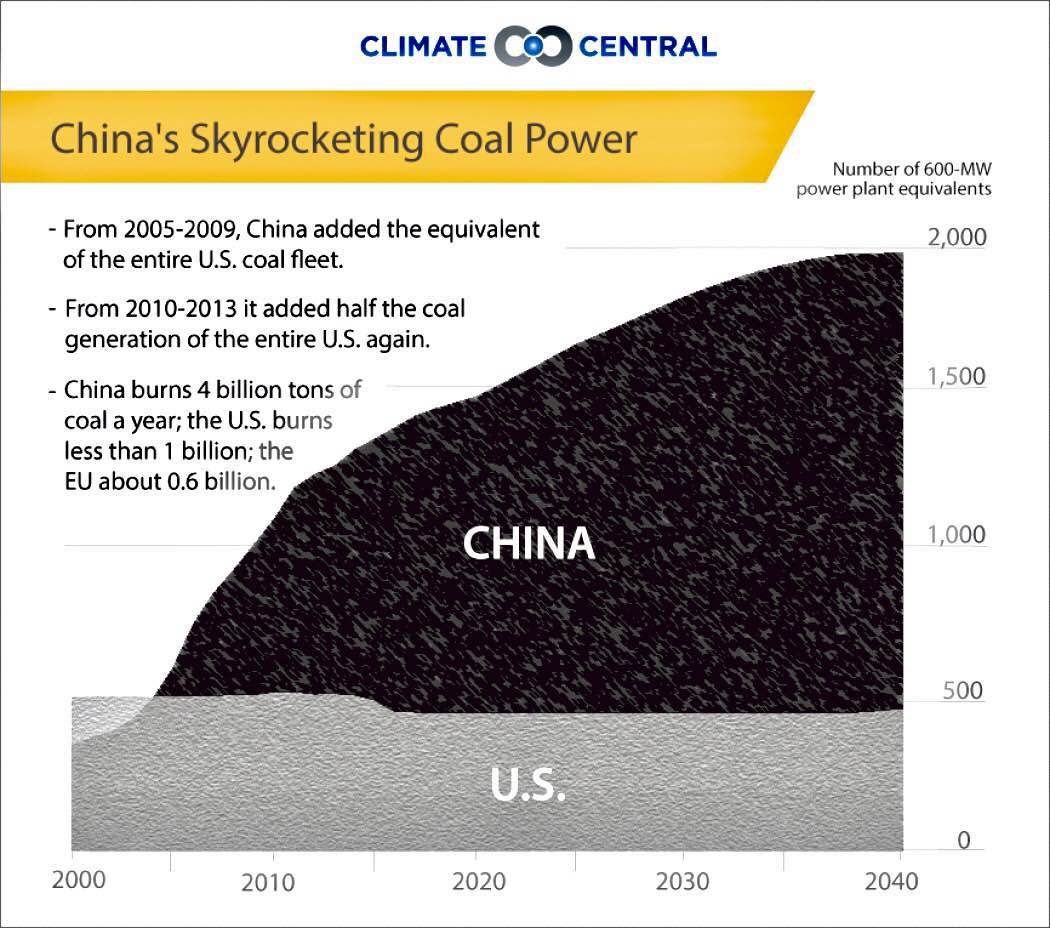
The grim AQI forecast prompted swaths of local schools to close from Monday to Wednesday, according to a December 16 beijingkids article. Those closed campuses included Fangcaodi School and schools throughout the Chaoyang, Dongcheng, and Haidian Districts.
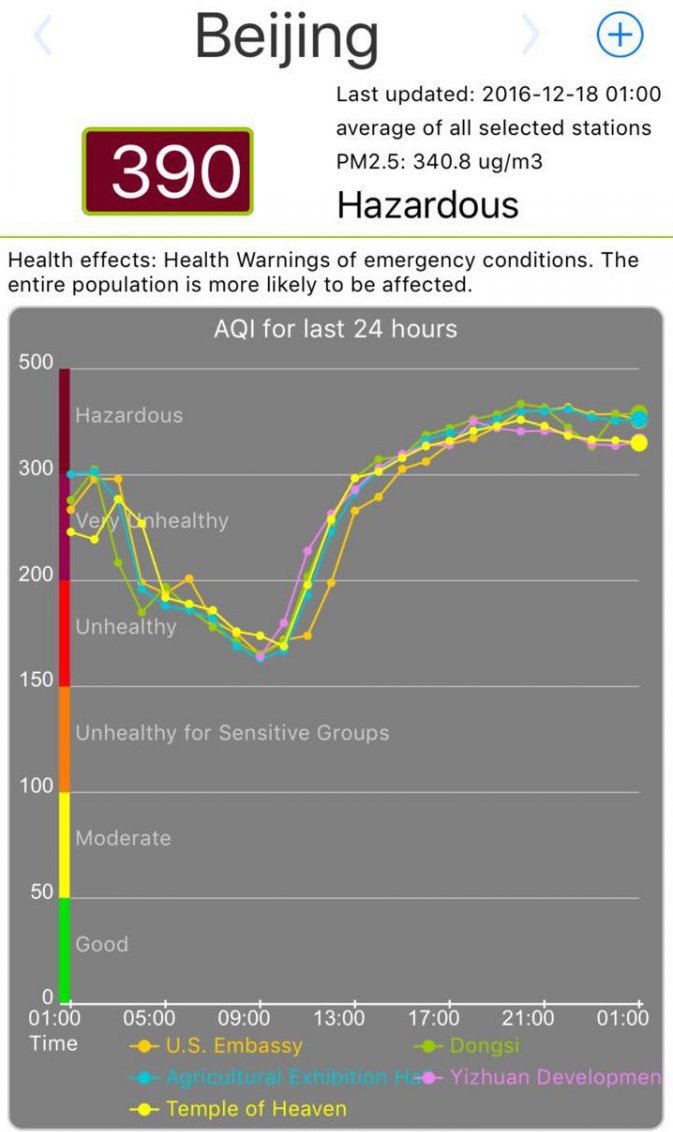
Aside the the education community, members of other circles were also enshrouded in the haze and its side effects. One company to benefit from the smog was Sherpa's Food Delivery, whose Marketing Manager Jasmine Lam said that business spiked on Friday when the red alert began (though she added with a laugh that things slowed down after many "laowai went home for Christmas" later on in the weekend).
While some restaurants braced themselves (and contended with) a sparse number of patrons as many Beijingers opted to order in, other venues managed to make the most of a bad situation. Craft brewery Jing A, for instance, has now had an ongoing "Airpocalypse" deal that increases the discount on one of its pint varieties in correlation with the AQI. Richard Ammerman, who handles the brewery's marketing, joked: "I think there's more customers than usual coming in to drink during our Airpocalypse discount, but I can't be sure ... it's too hard to see them."
Meanwhile, Anna Lin Yip, marketing head at the Moka Bros said that the installation of air purifiers in their branches, and the in-store sale of masks from AQblue, are hugely beneficial to Beijingers trying to withstand hazy days. "My husband is all about eating veggie soup at home when it's like this," Yip said. "There was a review about the pollution mask idMask, where the reviewer said that it's been proven that exercise is better for your health than pollution is bad for your body. In the end it's all about the cost-benefit analysis. I'm of the personal belief that you shouldn't restrict your life here in Beijing when it's polluted, but rather figure out how to work around it."
Jeff Bauer, co-founder of the AQblue masks that Moka Bros and other businesses have been selling, said that sales jumped ahead of, and during, the red alert, so much so that the company's colored masks almost sold out.
Origins, the company behind one of the city's favorite AQI monitors and air purifiers, saw a similar upswing. Co-founder Liam Bates said there was a line of patrons outside Origins' Beixinqiao headquarters, adding that his firm often sells nearly a month's worth of products on a single red alert day. While that frenzy may seem like an promising business prospect, it actually proves quite stressful for Bates, who said: "There's still this issue in China that when there are alerts or the air gets really, really bad then everyone freaks out, but the other 90 percent of the time, only a small percentage of people care. But of course no one knows when the pollution will be really crazy, so it makes logistics a bit of a nightmare."
Aside from masks and air purifiers, less obvious candidates for most notable AQI related marketing included the OFO Bicycle service, whose typical cycles for hire were made available for free throughout the red alert.
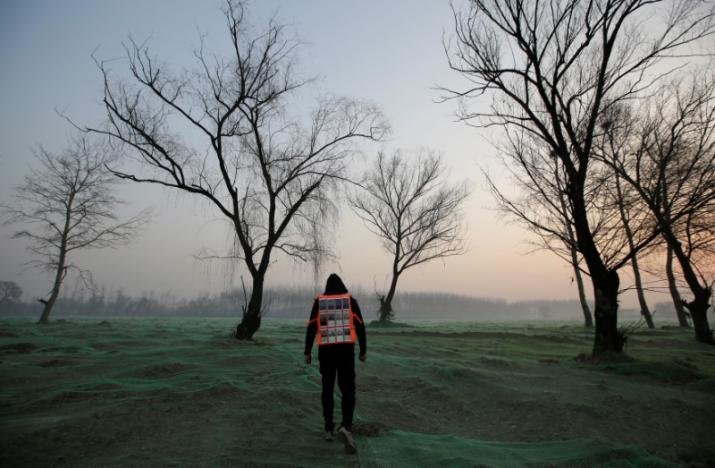
Those that prefer strapping on skis instead of pedaling on cycles fared even better. Connor Brennan, the former manager of The Big Smoke who is now helping to open the Thaiwoo Brewhouse Apres Ski Bar at Chongli, said "It is currently AQI 0 where I am up here at Thaiwoo," adding that he went skiing on Monday – while most Beijingers were in the midst of a hazy red alert frenzy – and that the air quality and weather he experienced while zipping down the trails on his skis "was beautiful."
Such outlying locales may prove to be idyllic escapes from the pollution, one less sporty Beijinger decided instead to walk headlong into those PM2.5 plumes to capture their grim aesthetic. Internationally celebrated artist Liu Bolin (pictured above and at top) strapped on a vest with 24 smartphones to live stream the smog from every angle. According to one news article, Liu called the project "Today Even Numbers Banned," an obvious swipe at the capital's odd-even license plate restriction system for smoggy days. He went on to give the red alert a much simpler moniker, calling it "a disaster."
More stories by this author here.
Email: kylemullin@thebeijinger.com
Twitter: @MulKyle
WeChat: 13263495040
Photos: Reuters, Climate Central, OFO, Koopmans

